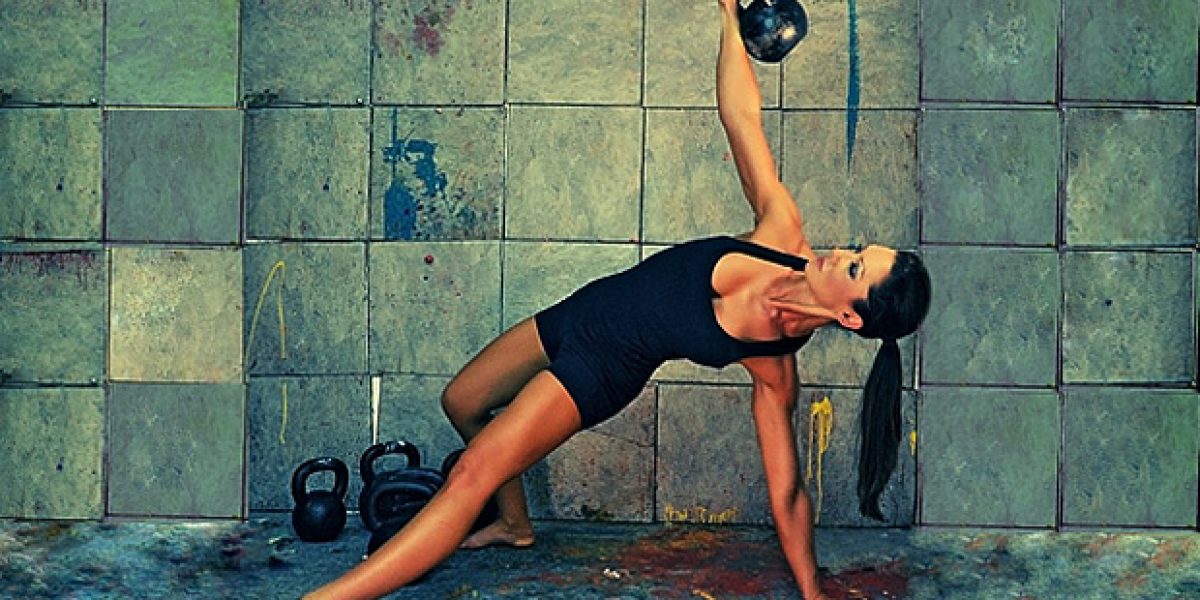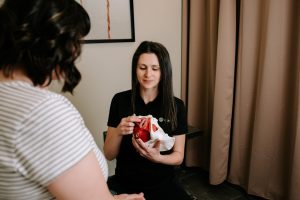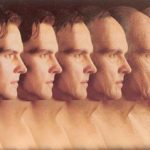What is functional training?
This term has been thrown around a lot over the past few years, and some would say it is overused. Functional training can mean a lot of things, but for the purposes of this article it means purposeful training. It is training that serves a purpose to improve some aspect of your life, health, movement, mobility, activities, sport etc. Not all training is functional or purposeful – training can create muscle imbalances, lead to injuries or pain, worsen movement quality or sport performance, or have no usefulness at all and just be a waste of time. I will not get into the specifics of training for any particular sport or activity in this article, but I will outline four ways that can instantly make your training more functional in order to be stronger, healthier, and more balanced in general.
- Incorporate unilateral training:
Unilateral training is training done on one leg, and is the best way to integrate balance, stability, and proprioception training into your routine. A big portion of your life is spent on one leg at any given time. Each step you take when you walk, or stride you take when you run is on one leg. Every stair you climb, curb you step off, or vehicle you step into is done on one leg. Many sports are unilateral in nature, involving changes of direction, positions of instability, cutting, pivoting, and reacting to the ground beneath. By doing exercises on one leg, the body automatically must access its deep stabilizers and core in order to maintain balance and stability. Learning to produce force while on one leg will mimic sport and life better, as we are accounting for the times when we are not perfectly on two feet side by side. Examples of unilateral exercises can be single leg balance exercises, lunges, split squats, single leg squats, jumping drills, loaded carries etc. These will not only improve balance, stability, and strength, but will also help prevent injury and pain by mimicking real life scenarios better.

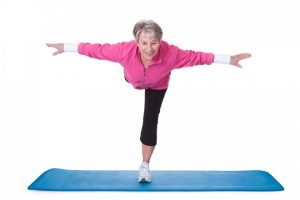
- Train multi-joint movements primarily:
Most things we do in life involve multi-joint movements. In order to lift something overhead, pick something up off the ground, run, jump etc., we must use multiple joints simultaneously. Rarely do we find ourselves isolating single muscles or single joint movements. Isolated movements can have a place in muscle development (hypertrophy), activation exercises, and assistance exercises, but should not be the staple of your training. By training movements instead of muscles, we are training ourselves to handle our own bodies. Our bodies work in movement patterns, with multiple muscles working to produce these patterns. Our bodies are primarily concerned with decelerating movement and producing movement, through the action of both deep stabilizers and large power producing muscles. Training movement patterns with multiple joints involved allows us to develop more even strength, prevents muscle imbalances from creeping up, taps into the core and deep muscle system more, and trains our bodies in a way that translates much better to life, activity and sport. Whether you are training for physique, sport, strength or general fitness, multi joint movements will give you the best bang for your buck. These can be loaded exercises at the gym, or simply bodyweight movements done under control.
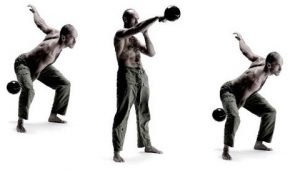
- Train standing up:
Most things we do in life and in sport involve our feet in contact with the ground. We are bipedal animals, meant to spend most of our waking hours on our feet. As soon as our feet contact the ground, there is a chain reaction of muscles that activate to stabilize every joint from the trunk down to prevent us from collapsing or falling over. We can automatically recruit and train our deep stabilizers and core much better on one or both feet as opposed to training on a machine or in sitting/lying down. Training on our feet mimics sport and life much better, by forcing us to recruit all of the muscles needed to complete a movement efficiently and without falling over. It taps into full body stability much more, and translates over to improving balance and usable strength in real life scenarios. It shows us how to control and manage our bodies much better.
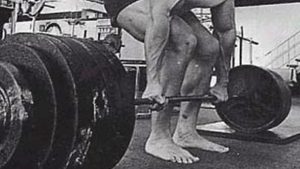
- Incorporate barefoot/shoeless training:
The feet are amazing structures that are often neglected when it comes to training and sport. Most of the time, we are in shoes or footwear that put our feet to sleep, prevent them from working properly, and alter their structure and function. If our feet are not working properly, this alters the mechanics and function of every joint upstream. When training with bare feet, we can use our feet to feel and perceive the ground and increase our balance and stability. When our feet are anchored into the ground and used properly, we are able to get increased force production and core activation. Part of the reason is that our brain tells our body that it feels safe when our feet are being used correctly and are in full contact with the ground in an active fashion. Our feet are super rich in nerve supply, picking up information from the ground and sending it upstream to help with balance and deep core stability. By training barefoot, we stimulate all of these sensory nerves and help improve our training capacity. We can learn how to generate way more force with active feet, in any given movement, lift, or activity. Training barefoot can be as simple as doing some balance exercises without shoes before you train or outside of training. You can also choose to strength train without shoes on certain days, or simply go for a short barefoot jog on a forgiving surface. The feet are the only contact point with the ground, so make sure they are working properly.
Functional training can be a looked at in various ways. Either way, your training should be additive to your life, activities, health, or sport. You training should make you stronger and better equipped to deal with the obstacles of life or sport. It should incorporate full body training that requires core stability and balance. It should mimic real life at a baseline level. It should not create imbalances or hinder performance in any way. Train smart and always look to improve your methods.
-Mike
